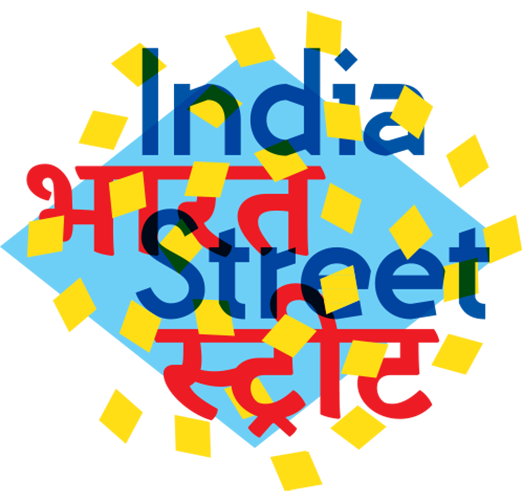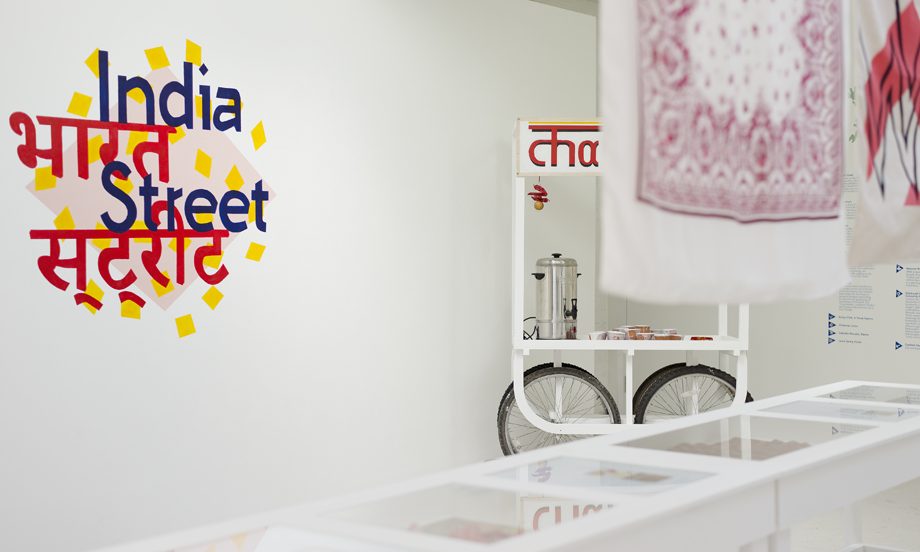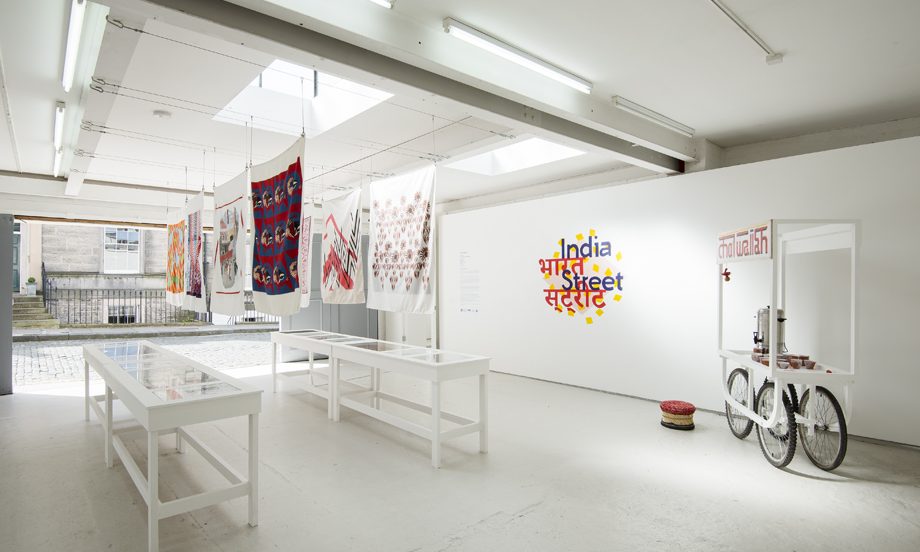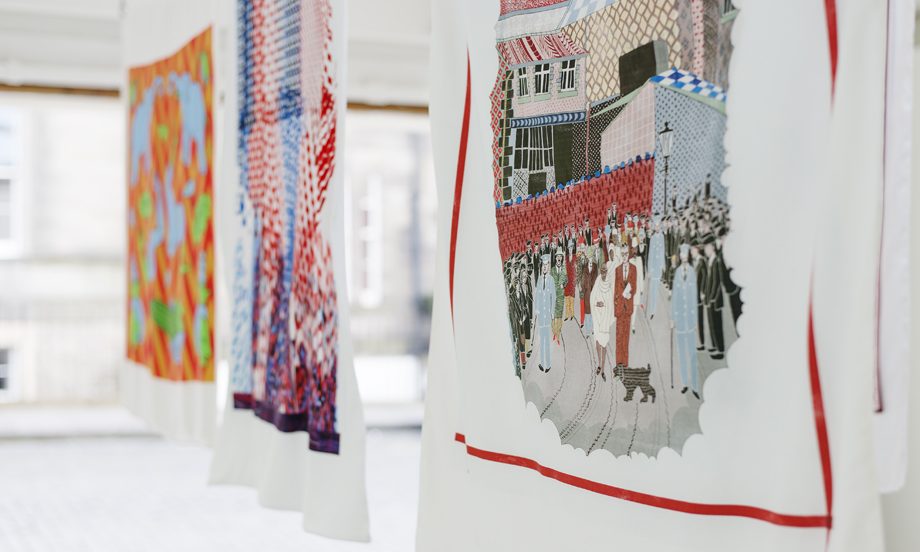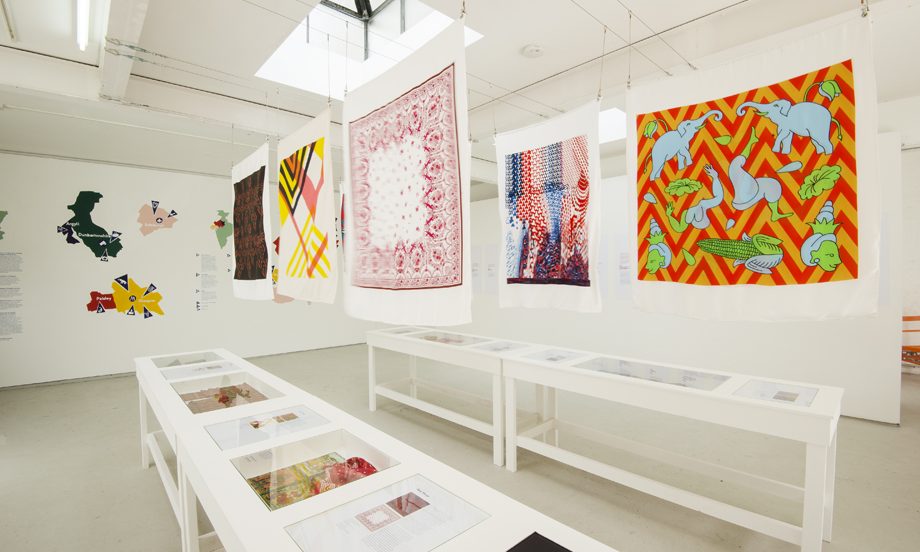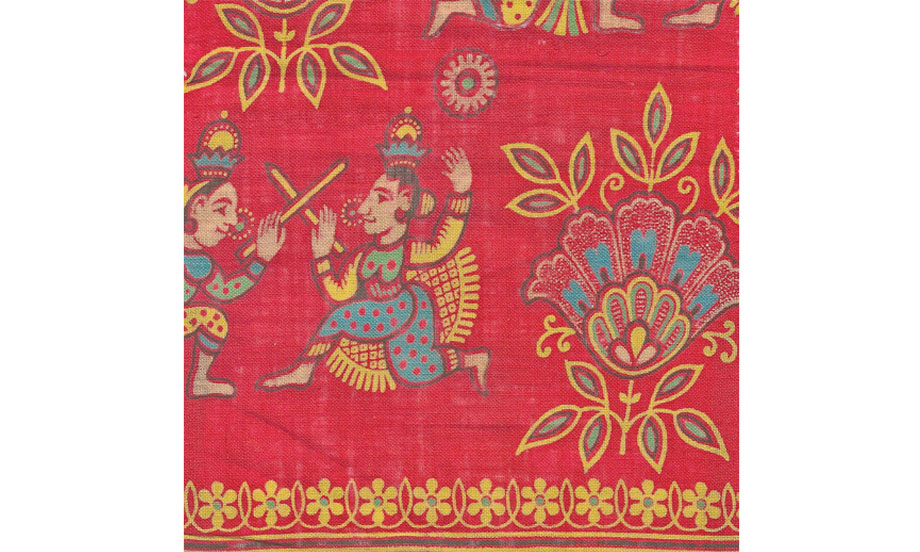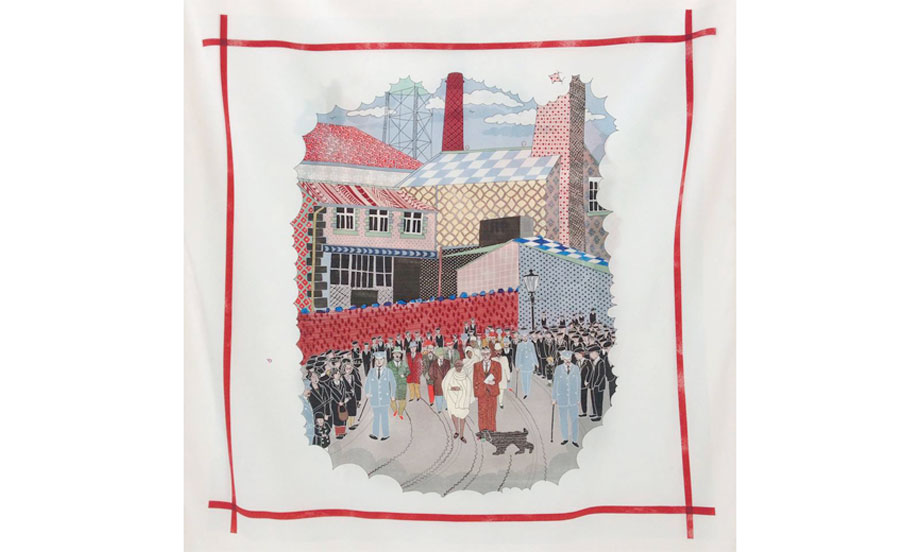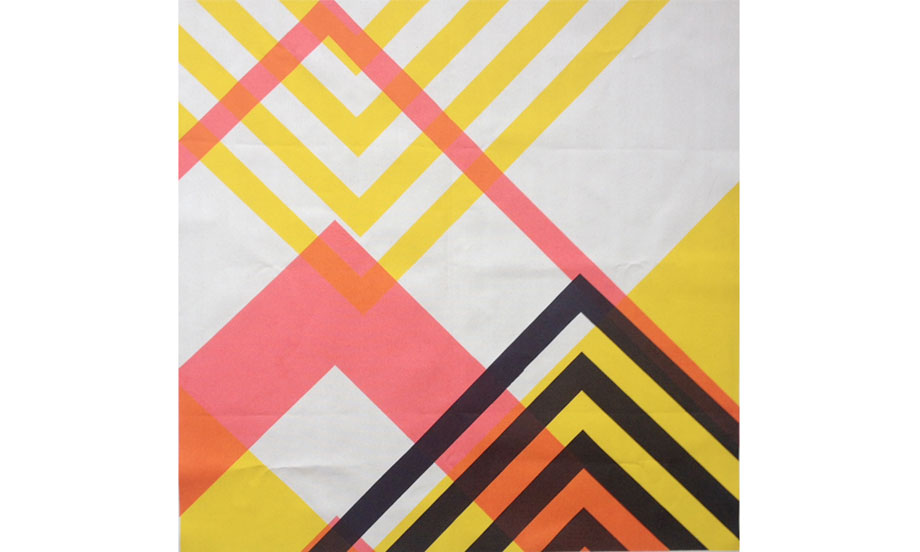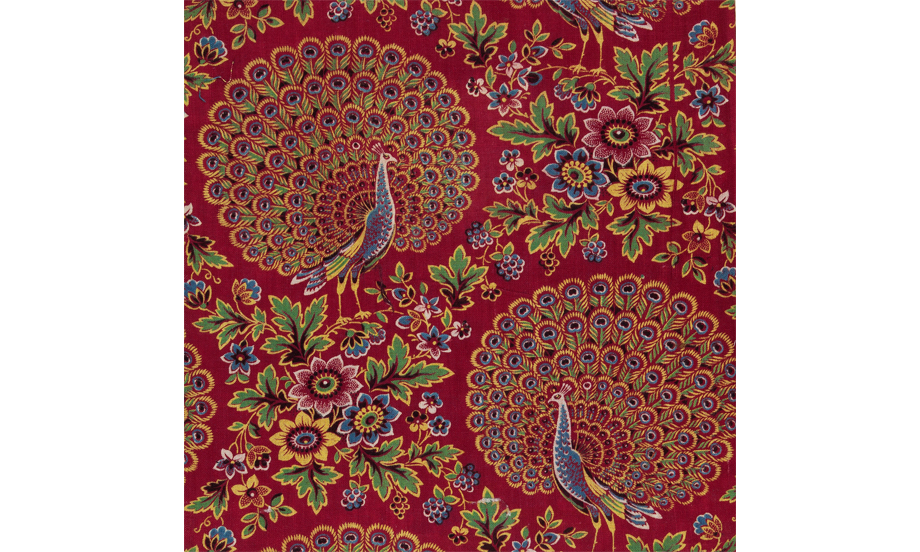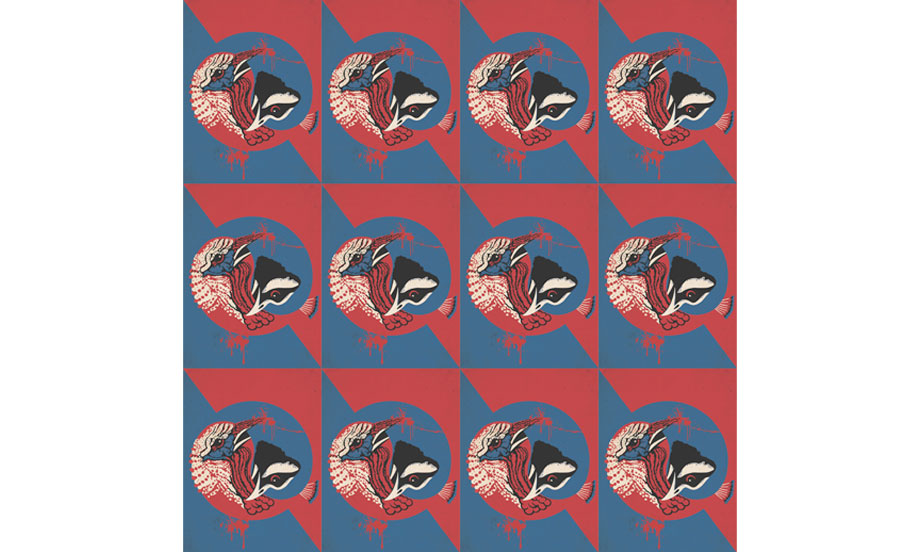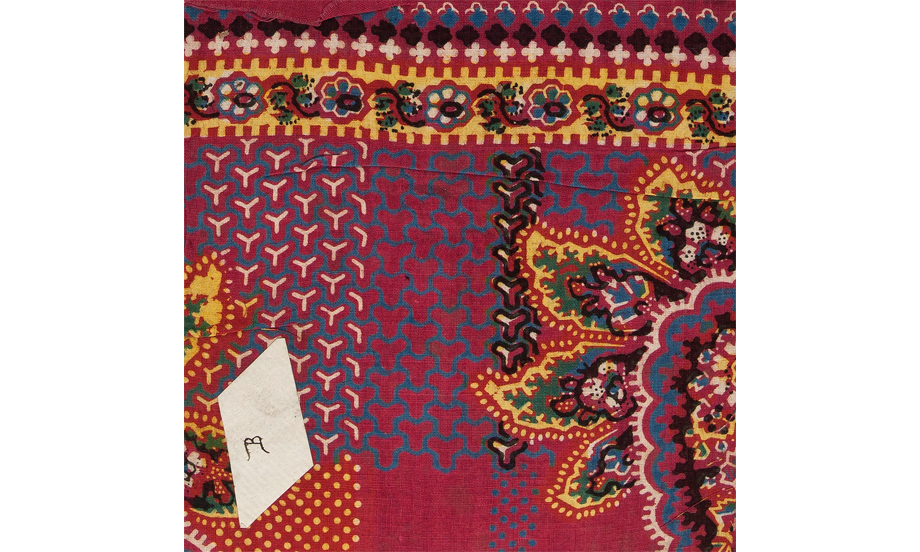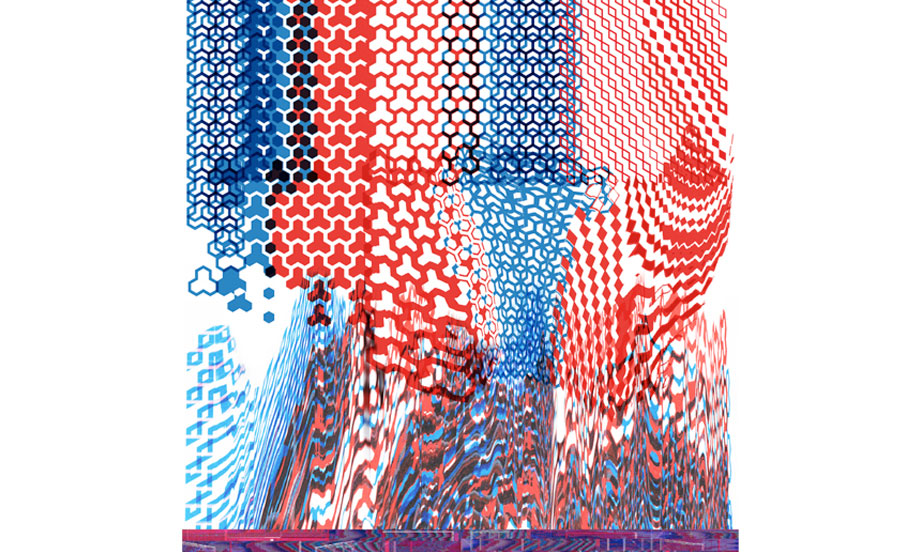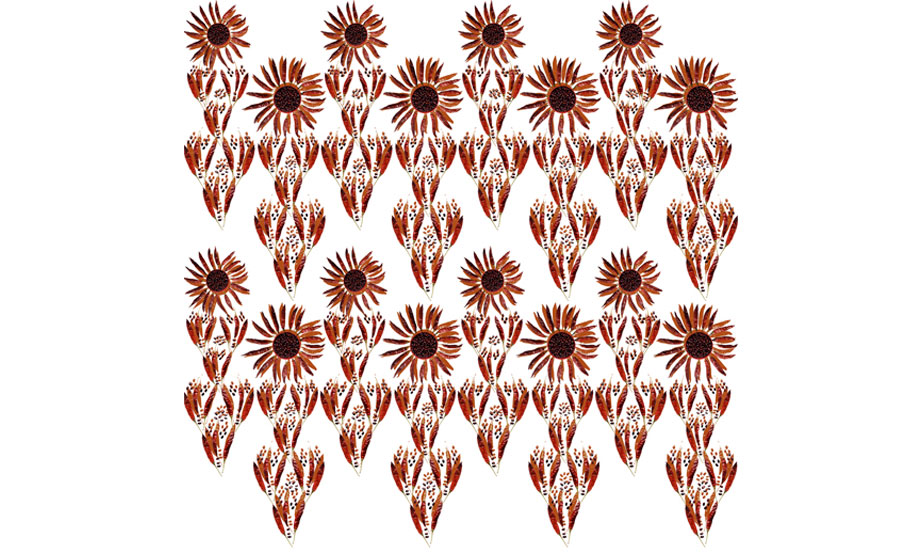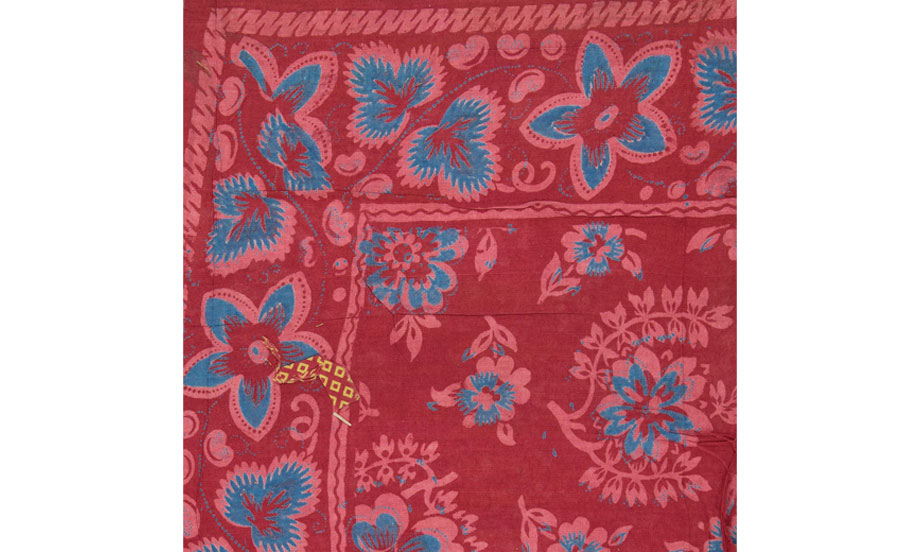Part 1: Bombay Sample Book
This project begins with the story of Turkey red. How the mills of Vale of Leven rose to prominence in the 19th Century, with India as their biggest export market, and how they experienced rapid decline when the madder rose plant became a redundant source of red dye, and Gandhi and the Swadeshi movement called for Indians to shop at home for their fabrics and furnishings.
The Bombay Sample Book, held within the National Museum Scotland’s archives, was produced by William Stirling & Sons from 1853-1868. It held samples that were thought suitable for an Indian market and trialed in the bazaars of Bombay. It is a rich source of imagery relating to designs specific for the Indian market, and a decent representation of the 200 sample books held at the museums.
Within the archives of Turkey red we see designs ranging from graphic patterns in check, zigzag and polka dots, to illustrations depicting peacocks and paisley, wild animals and domestic life. These designs, roller-printed, are inspired by a wealth of textile crafts prevalent in the NW of India.
This project has commissioned designers working in both India and Scotland to consider the legacy of the Turkey red Industry, culturally, politically, aesthetically and with hindsight, and respond to this by creating new fabric samples inspired by the original Bombay Sample Book.
